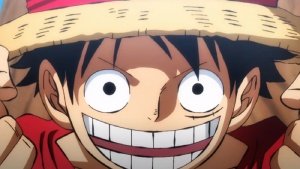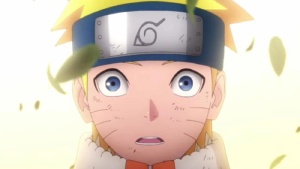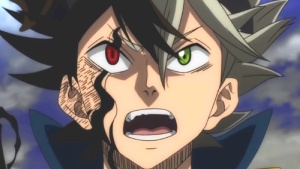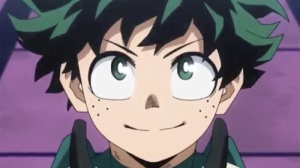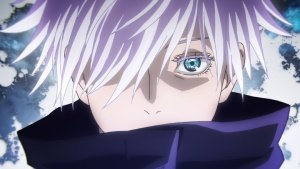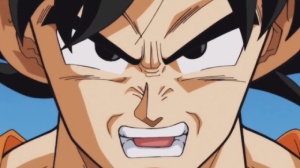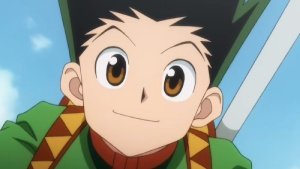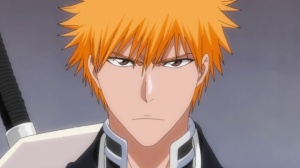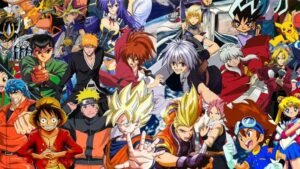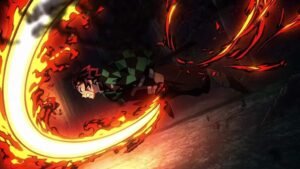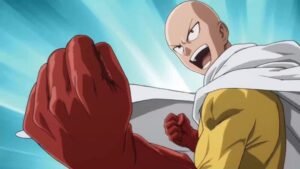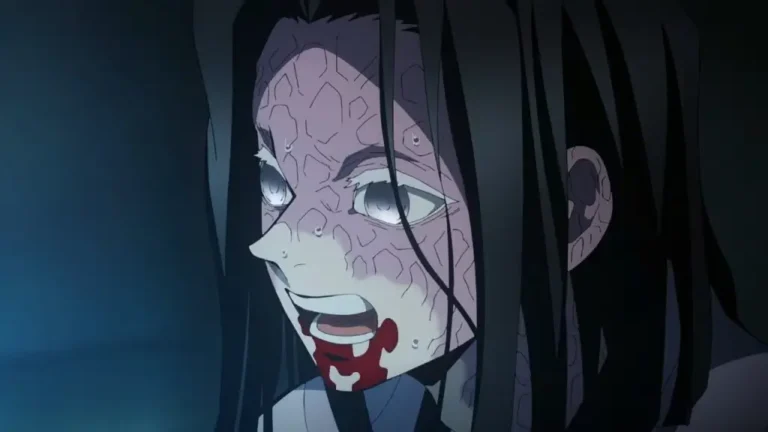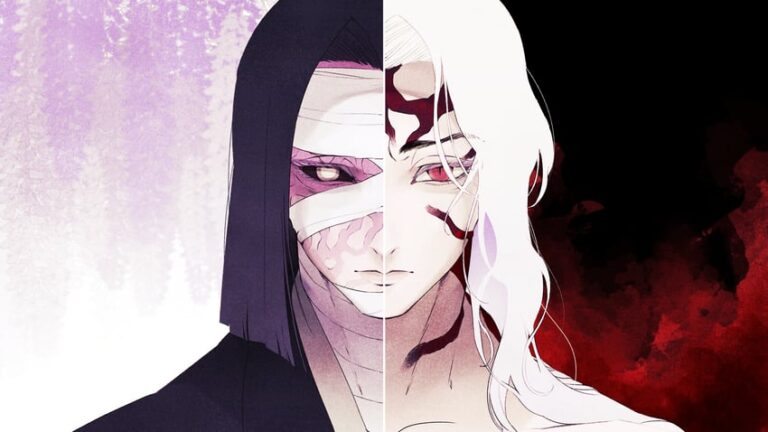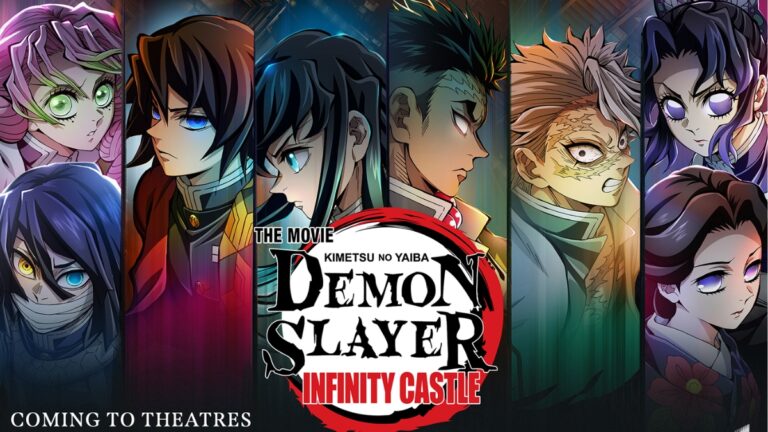10 Best Mythology References In Demon Slayer!
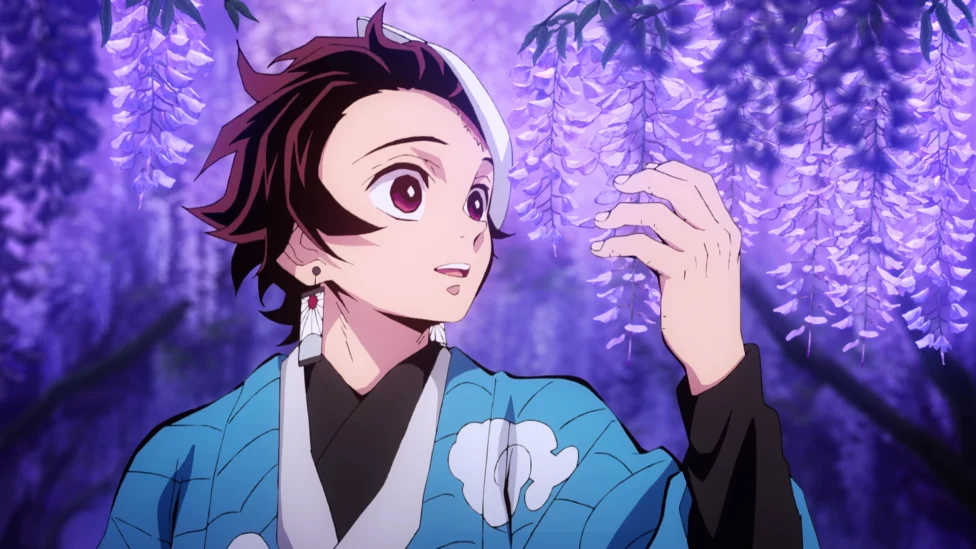
Demon Slayer is an acclaimed story about Tanjiro Kamado, who is trying to save his sister. During this adventure, he encounters numerous people and demons. A lot of these characters are inspired by the rich Shinto Culture and Japanese Folklore.
Today, we are going to break down some of the best mythology references in Demon Slayer!
1) Culture and Landscapes:
Demon Slayer is set in the Taisho period of Japan, the era succeeding the Meiji era. The Taisho period saw the signing of treaties with western countries, and the introduction of democracy, liberalism, and similar concepts in Japan. While this comes as a surprise to many, Demon Slayer isn’t too far back into our history, the Taisho period lasted from 1912 till 1926!

Demon Slayer did an amazing job at setting the atmosphere of the era. It nailed the details accurately since the very first episode. The Kamado family wears traditional clothes worn by the people living in rural areas during the Taisho period.
We can also see Telegraph phones on the sides of the roads in some areas, hinting at the rapid pace of urbanization in the Taisho era!
2) Wisteria Flowers for Restraining Oni:
We have seen Wisteria flowers in numerous locations, with the most notable being Mount Fujikasane (literally “wisteria attack”); the site for the Demon Slayer exams. This is because it is considered that Demons are repelled by Wisterias.
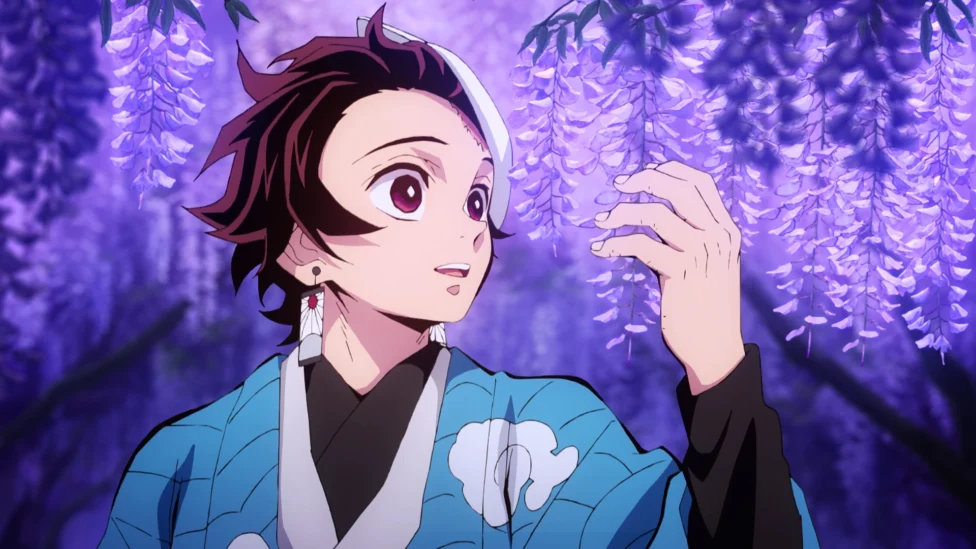
Wisteria also belongs to the legume family. Its mame (“beans”) are used to throw at an Oni’s eyes during the Setsubun (“seasonal division”) festival in February (mame) due to the double entendre here.
Mame, which means “to destroy demons,” is another name for this ritual. The second Kanji, which means “destroy,” can be found on the back of Tanjiro’s jacket.
3) Demon Slayers as Shamans:
The concept of “Demon Slayer” is strongly connected to Shamans, who have been talked about quite a bit in Japanese history.
Usually, it is said that a person becomes a Shaman due to their heredity, a powerful calling, or intense training. Tanjiro was trained by Furokudani, a former Hashira, to become a Demon Slayer. Initially, Tanjiro had no link to Demon Slayer as his family members were charcoal sellers.
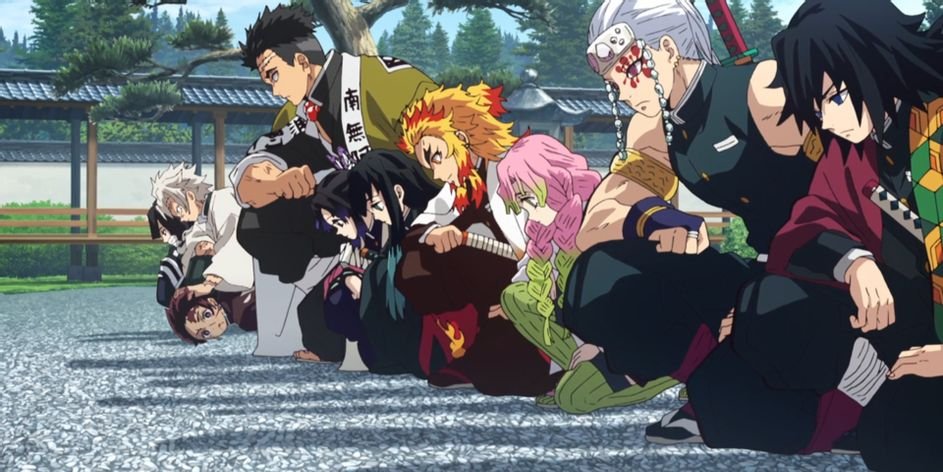
However, it is later revealed that the Kamado family passed down the Kagura Dance to their children; the first breathing style is called Sun Breathing.
This was performed in front of them by Yoriichi Tsugikni, the strongest Demon Slayer, or rather, Shaman in the series!
In Shinto Culture, the primary function of the Kagura Dance is to purify a spirit. This is where the author of Demon Slayer took the inspiration for the Breathing styles, albeit taking creative freedom.
4) Oni and Yokais:
The word “Oni” is used to refer to the demons that roam in the night in the series. And, Oni itself is a form of Yokai, a spirit. There are multiple references to Yokais in the series, and we’re going to talk about all of them in detail next in the article!
First, let’s go over the small bits related to Yokai! Zenitsu mentioned that the older woman living in the wisteria crest house is a yōkai.

The Edo period is also when Kyokutei Bakin (1767–1848) wrote the famous 106-volume Nansō Satomi Hakkenden (The Legend of the Eight Samurai Hounds) that Tanjiro mentions at the end of season 1, episode 13.
It’s important to note that in that epic, each of the eight samurai hounds has a bruise somewhere on his body like Tanjiro and some other members of the Demon Slayer Corps, mainly the Hashiras.
5) Spider Family: Tsuchigumo:
The Kojiki and Shikon Nihongi are filled with bizarre scenes depicting the Yokais. Out of this, the battle between Yamato imperial forces and Tsuchigomo, also known as “Spider Humans” is one of the most popular stories.
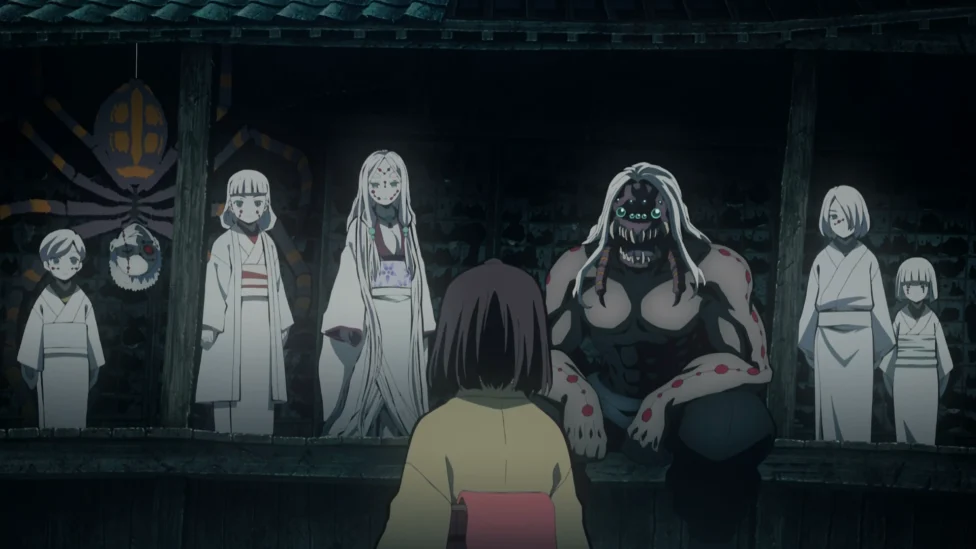
The Imperial Army ran across “Tsuchigumo” during their territory expansions. The depictions of these Yokai are very similar to that of the people turned into spiders in the anime!
6) Muzan Kibutsuji: Nurarihyon:
Muzan Kibutsuji is the main antagonist in Demon Slayer, also known as the Demon King. Being the progenitor of all demons in existence, he has the power to make people into demons as well!
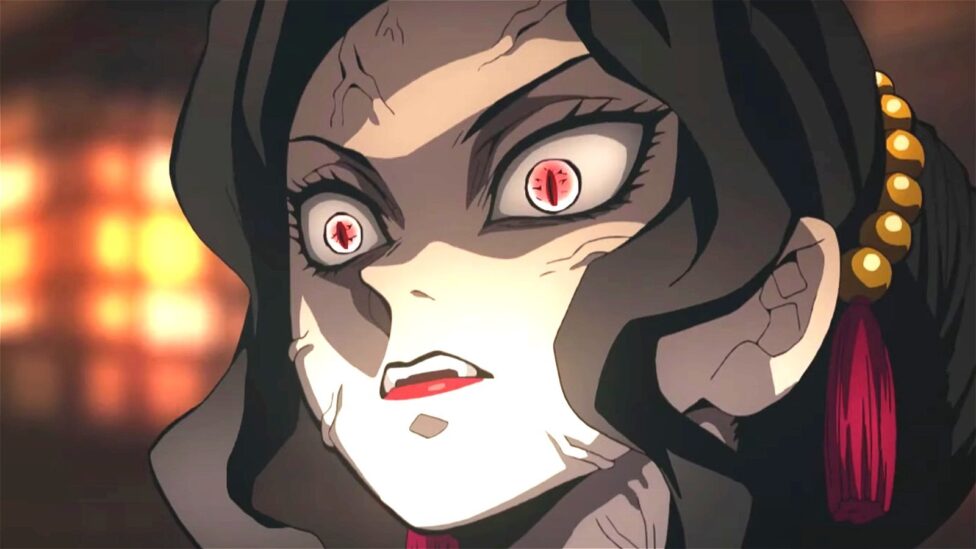
Nurarihyon, a Yokai, was known as the Supreme Commander of all Demons as well, possibly an influence for the creation of Muzan!
7) Kyogai: Raijin the God of Lighting:
Kyogai, commonly known as the Drum Demon, was a former member of Twelve Kizuki as one of the Lower-Six. He was ousted due to a lack of hunger for killing.
After drinking Muzan’s blood, Koygai grew numerous unusual physical qualities. The drums embedded in six different parts of his body are the most remarkable ones. These drums are in six separate places of his body: stomach, shoulders, hips, front chest, and back.
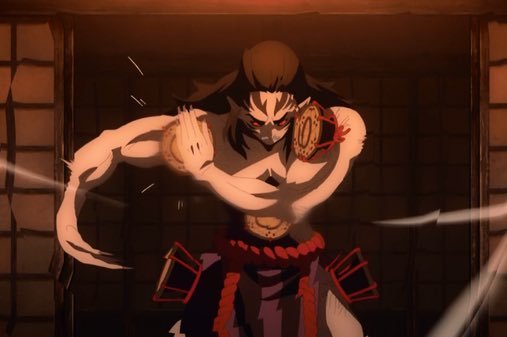
Kyogai uses these drums for his Blood Demon Art Technique, Drumming. He can rotate rooms, perform slash attacks, and teleport from one room to another using these drums!
Raijin is the God of Lightning, often referred to as the Thunder God. Raijin has a halo of six drums behind him as well, which he uses to create the sound of lightning and attack people.
Both Kyogai and Raijin carry fierce expressions and have well-built physiques. Both are known for attacking any living being they see as well!
8) Nakime: Biwa-Bokuboku:
Nakime is another human who became a Demon after Muzan became interested in her. As a human, she was a psychopath who’d kill people before important Biwa performances. It somehow helped her gain a better reaction.
When she tried to kill Muzan, he turned her into a demon. She was the 4th strongest demon in the series.

Her Blood Demon Art allows her to create a whole castle that she can control freely. This provides her with insane offense and defense. She can move others and herself around the castle as she pleases. She can even sever someone’s head when the conditions are satisfied!
Nakime is inspired by Biwa-Bokuboku, a Yokai with the head of a traditional Miwa. These Yokais were originally objects like kitchenware, household objects, etc.
When these objects were left unused for 100 years, they became demons out of spite and anger. Now, they roam around houses at night and play music to express their frustrations!
9) Tsukuyomi Kokushibo: Tsukuyomi-no-Mikoto:
Kokushibo, the twin brother of Yoriichi, the strongest Demon Slayer chose a dark path and became the strongest Demon, only second to Muzan himself! His power allows him to create crescent blades from his flesh.
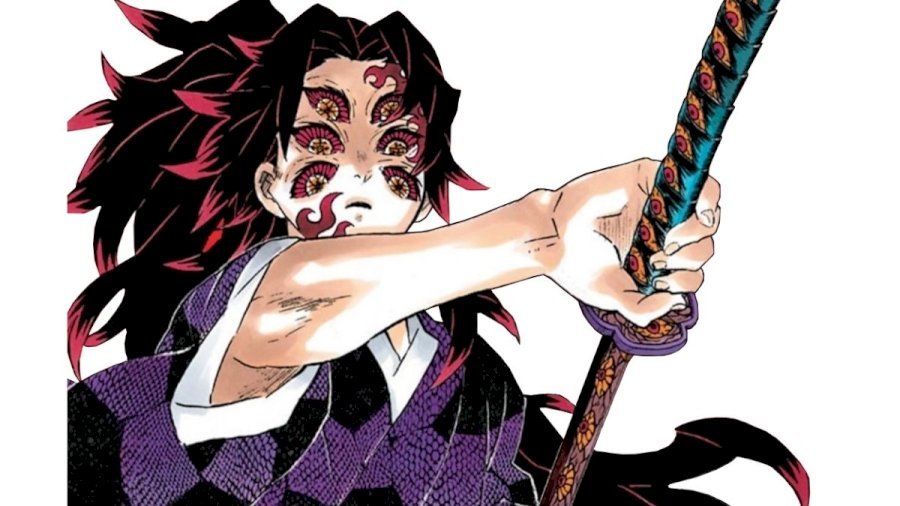
Tsukuyomi-no-Mikoto, a god in the Shinto religion can be seen as an influence on Kokushibo. As we mentioned above, there’s a connection between this God and Kokushibo’s moon breathing, with the first part (Tsuku) meaning Moon.
Both of them are considered to be ruthless and selfish as well. Kokushibo gave away his humanity for power; Tsukiyomi killed Ukemochi, the food goddess out of disgust,
10) Yoriichi: Amaterasu:
Yoriichi is the creator of breathing forms and is the strongest Demon Slayer in humanity’s history. Yoriichi’s Sun breathing could also be considered a homage to Amaterasu, the Sun Goddess. Both of them play a monumental role in their respective places and history.

Yoriichi gave birth to the breathing styles, which have since fortified humans and given them a weapon to fight back against demons, allowing them to eventually eradicate the “evil” race.
On the other hand, Amaterasu, the Sun Goddess is one of the “three precious children ” and a major deity in Japanese culture and Shinto Religion. The two can also be seen as kind, gentle, patient and understanding beings who do whatever they can for the benefit of others.
Yoriichi and his brother Kokushibo are also parallelling the story of Amaterasu and Tsukuyomi. The latter two separate after the Food Goddess incident, and the Sun and the Moon never meet again.
Were you aware of these mythological references in Demon Slayer? Comment below!
